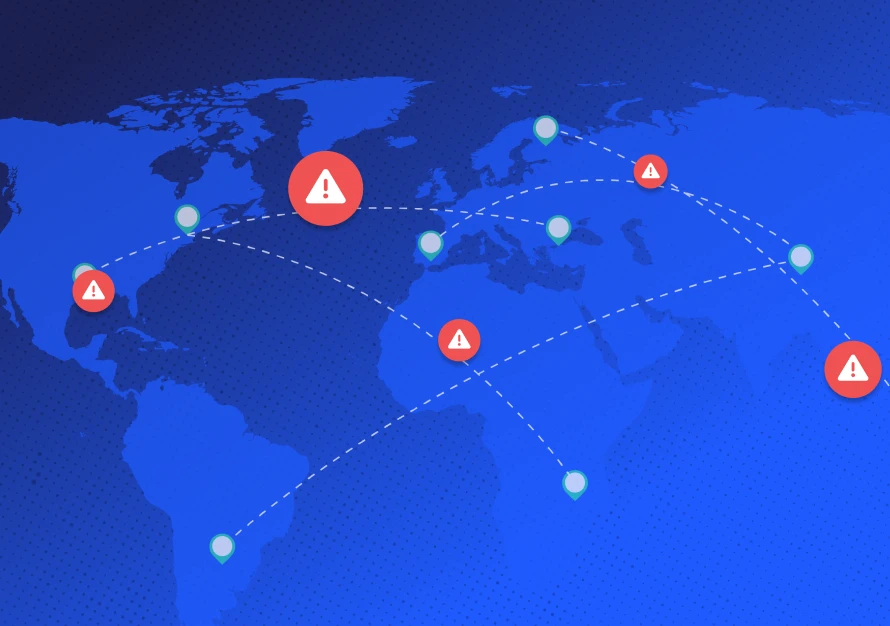The world is facing record-high temperatures, which are not only causing natural disasters but also endangering the lives of millions. Temperatures reached a shocking 118 degrees in British Columbia, Canada this year. The United States’ Pacific Northwest is experiencing enormous wildfires caused by a lengthy drought. And five countries in the Middle East have experienced temperatures never seen before.
Additional warming from greenhouse gas emissions means that such extreme heatwaves are more likely, and scientists can now calculate the increase in their probability.
This year’s heat wave is a reminder of how our actions can lead to deadly outcomes. Without an immediate global effort to combat the climate emergency, the Earth’s uninhabitable areas will keep growing.
Scientists are pointing the finger at climate change and pleading for industries to make significant changes in order to save the planet. Industries like transportation, agriculture, and others are releasing emissions into the Earth’s atmosphere that are extremely harmful and contributing to these natural disasters. Things like cryptocurrency and data storage also require tremendous power and are harmful to the environment.
When these environmental factors are overlooked and start to negatively impact the environment, they are considered sustainable risks. As a company, especially one within a global supply chain, understanding how your supply chain contributes to environmental damages and finding solutions to prevent these actions is crucial.
Reversing climate change can start at the industry level. Progress will mainly come from the corporations who decide to take hold of their environmental responsibilities. To make progress, sustainability needs to be built into company goals and initiatives. The following steps can help ensure sustainability is interwoven into your company culture:
- Vet suppliers
- Build a supply chain map
- Share expectations
- Establish a performance baseline
- Create a performance plan
Some companies are planning to make major changes to their supply chain to ensure their carbon footprint is reduced. The tech industry is one place making major strides. HP, the global information tech giant, is investing in developing energy-efficient equipment and services. The company committed to eliminating 75% of its single-use plastic packaging by 2025 compared to 2018 levels and actively shift from plastic foam packaging cushions to recycled, molded pulp ones.
As our planet is rapidly changing, we must be aware of how supply chain operations will affect our environment and the individuals involved. At Avetta, we understand that managing these sustainable risks is key in growing a business. Sustainable risk management is a part of supply chain management.

.svg)

.svg)
.svg)

.svg)

.svg)







